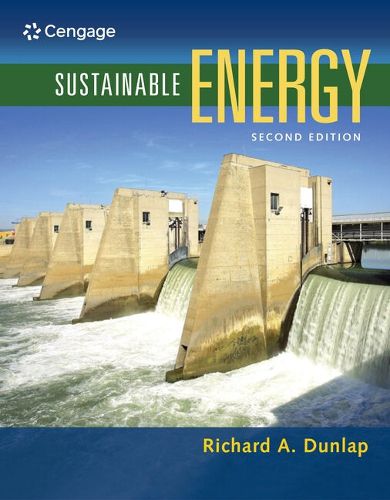Readings Newsletter
Become a Readings Member to make your shopping experience even easier.
Sign in or sign up for free!
You’re not far away from qualifying for FREE standard shipping within Australia
You’ve qualified for FREE standard shipping within Australia
The cart is loading…






Help students explore present and future energy needs as well as options for continued use of fossil fuels and alternative energy sources with Dunlap s SUSTAINABLE ENERGY, 2nd Edition. Individual chapters thoroughly investigate each energy approach as the book covers both current energy production and future strategies. Readers only need to be familiar with freshman-level physics and chemistry. The text emphasizes the complexity of energy issues and the need for a multidisciplinary approach to solve today s energy problems. Quantitative end-of-chapter problems require students to analyze information, use material from previous chapters, correlate data from various sources, and interpret graphical data and interpolate values. Students see real problems encountered in producing and using energy and realize that while exact calculations are important, a broad-based analysis is often most appropriate.
$9.00 standard shipping within Australia
FREE standard shipping within Australia for orders over $100.00
Express & International shipping calculated at checkout
Help students explore present and future energy needs as well as options for continued use of fossil fuels and alternative energy sources with Dunlap s SUSTAINABLE ENERGY, 2nd Edition. Individual chapters thoroughly investigate each energy approach as the book covers both current energy production and future strategies. Readers only need to be familiar with freshman-level physics and chemistry. The text emphasizes the complexity of energy issues and the need for a multidisciplinary approach to solve today s energy problems. Quantitative end-of-chapter problems require students to analyze information, use material from previous chapters, correlate data from various sources, and interpret graphical data and interpolate values. Students see real problems encountered in producing and using energy and realize that while exact calculations are important, a broad-based analysis is often most appropriate.